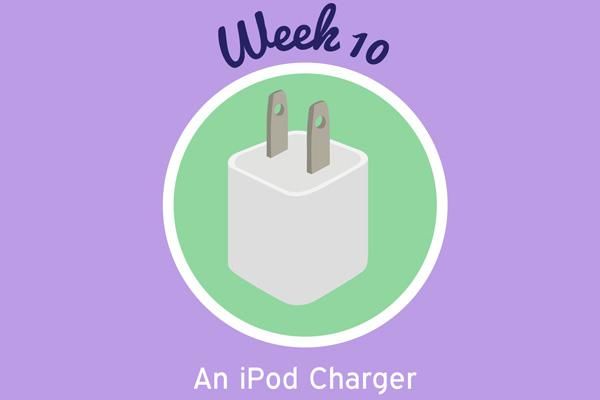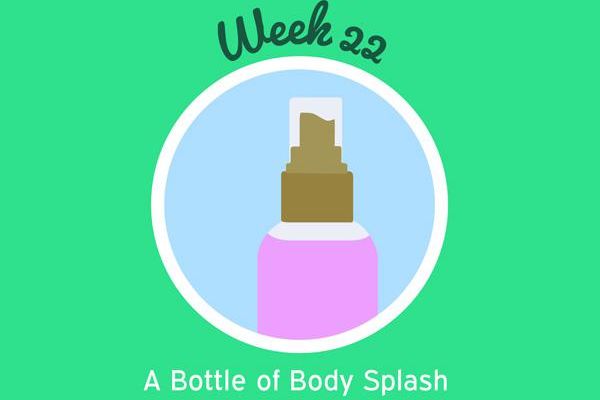It's almost go time, and your baby is approximately at her birth weight, which can be anywhere from under 6 pounds to just over 9 pounds. She probably measures roughly 19 inches, and is just about ready to meet the world.
Tip of the week:
If you're ready to get your baby out, but your health care provider says induction isn't necessary, try going for a long walk. Walking may help draw your baby down into your pelvis, which can then prime your cervix for labor or help labor progress if you've already felt some contractions. You may also consider turning to your partner. Sexual intercourse and orgasm can both stimulate contractions, due to the hormones present in semen and the muscles movements involved in an orgasm. Massage and acupuncture also sometimes help induce labor naturally, but look for a practitioner trained in working with pregnant women.
During the final days of pregnancy, your baby's hair and nails are getting longer, and her lungs are mature enough to take in her first gasp of air. Soon enough, you'll be able to view the fruit (or fruits if you're having multiples) of your labor.
At 40 weeks, you may be fixated on when that time will come. You won't be considered post-term until after week 42, but it's a good idea to keep tabs on what's happening to your body, and perhaps ask your health care provider about a biophysical profile (BPP).
During a BPP, your health care provider will conduct an ultrasound to view how your baby's chest muscles and diaphragm are working, as well as her muscle tone, to determine whether she's able to move her hands and extend her limbs. Additionally, a BPP will measure the levels of amniotic fluid to make sure she's still in a healthy environment.
Your health care provider may also want to perform fetal heart rate monitoring, which is called a non-stress test. This can be done on its own or in conjunction with a BPP. Alternately, a provider may recommend a non-stress test and amniotic fluid measurement together.
If your health care provider sees any problems with the results of these tests, such as low amniotic fluid, there's a chance you'll need to be induced. This can be done with a prostaglandin suppository inserted into your vagina. If that doesn't work, your provider may administer oxytocin intravenously. Any serious issues may require an emergency cesarean section.







